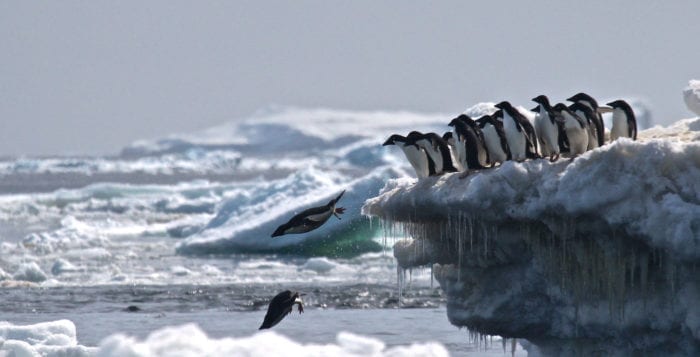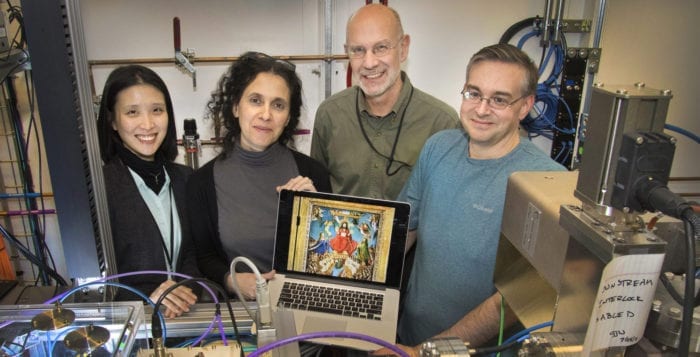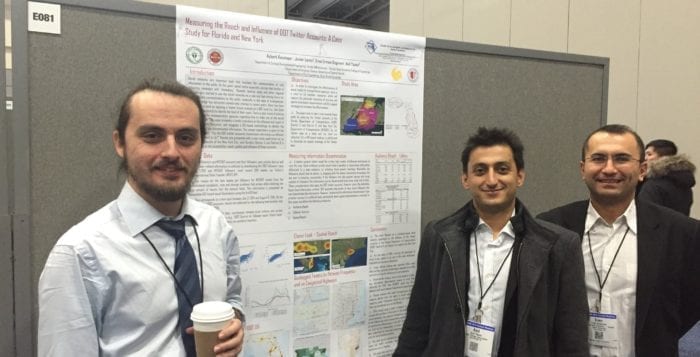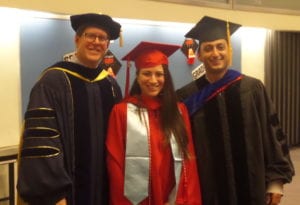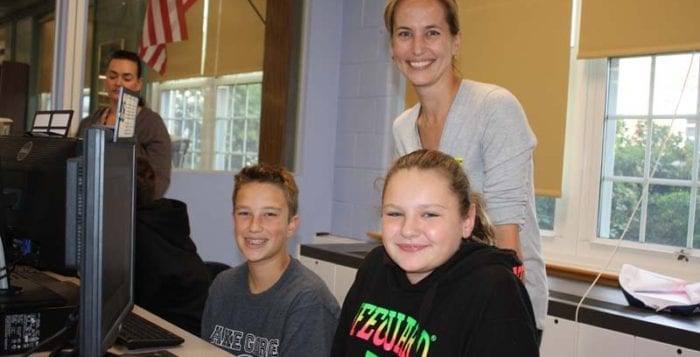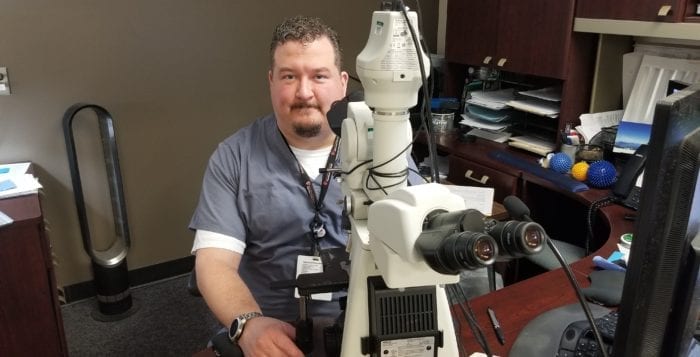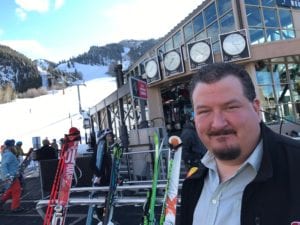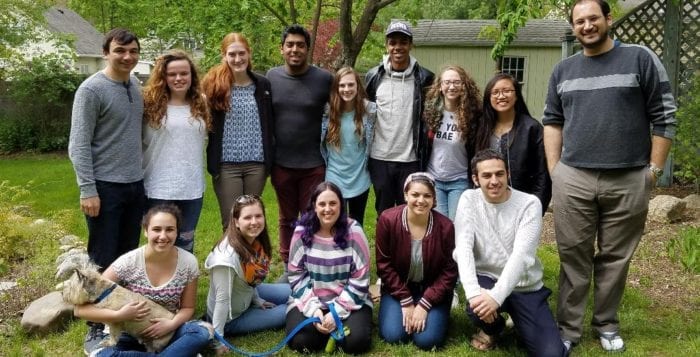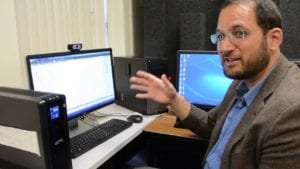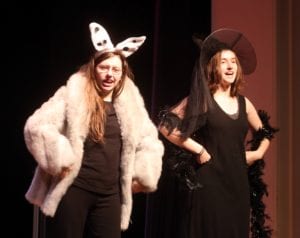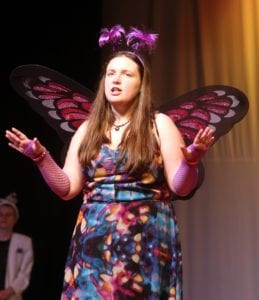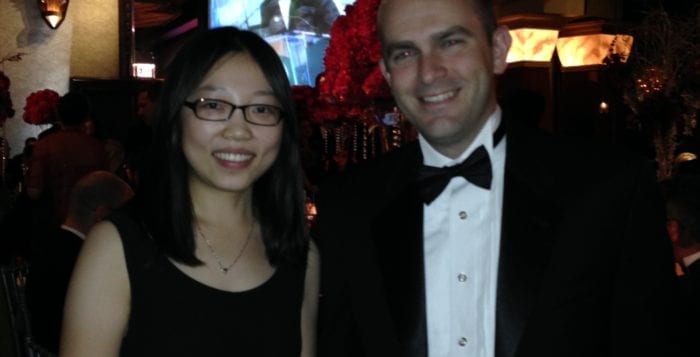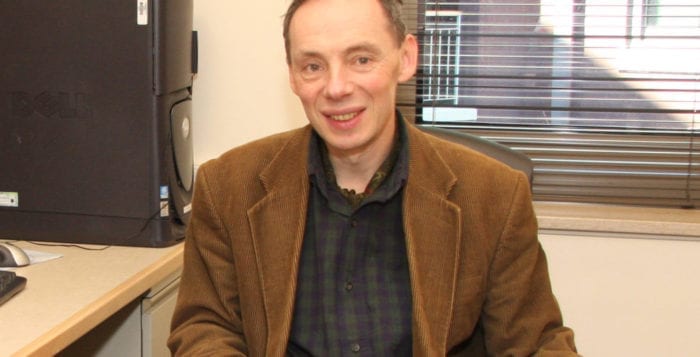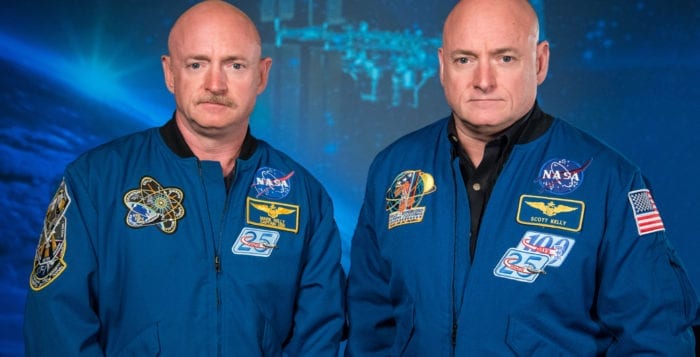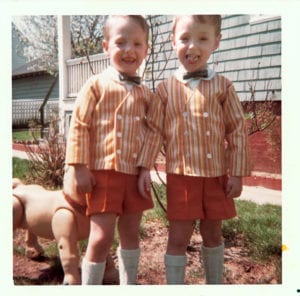By Daniel Dunaief
In October of 1957 when the Soviet Union launched the satellite Sputnik, people imagined that satellites hovering over their heads could see everything and anything down below. Indeed, in the early days, some Americans rushed to close their blinds, hoping the Kremlin couldn’t see what they might be eating for dinner or watching on TV.
Satellites today collect such a wealth of information about the world below that it’s often not easy to analyze and interpret it.
That’s the case with the Danger Islands in the Antarctic. Difficult for people to approach by boat because of treacherous rocks around the islands and sea ice that might trap a ship, these islands are home to a super colony of Adélie penguins that number 1.5 million.
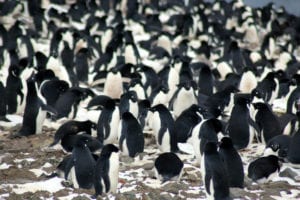
This discovery of birds that were photographed in a reconnaissance plane in 1957 but haven’t been studied or counted since “highlights the ultimate challenge of drinking from the firehose of satellite-based information,” said Heather Lynch, an associate professor of ecology and evolution at Stony Brook University and a co-author on a Scientific Reports publication announcing the discovery of these supernumerary waterfowl.
Adélie penguins are often linked to the narrative about climate change. Lynch said finding this large colony confirms what researchers knew about Adélie biology. In West Antarctic, it is warming and the population is declining. On the eastern side, it’s colder and icier, which are conditions more suited for Adélie survival. The Danger Islands are just over the edge of those distinct regions, on the eastern side, where it is still cold and icy.
A population discovery of this size has implications for management policies. At this point, different groups are designing management strategies for both sides of the peninsula. A German delegation is leading the work for a marine protected area on the east side. An Argentinian team is leading the western delegation.
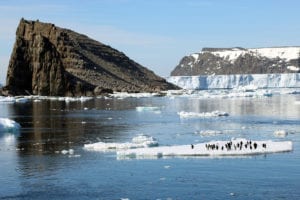
This discovery supports the MPA proposal, explained Mercedes Santos, a researcher from the Instituto Antártico Argentino and a co-convener of the Domain 1 MPA Expert Group. The MPA proposal was introduced in 2017 and is under discussion in the Commission for the Conservation of Antarctic Marine Living Resources, where the United States is one of 25 members.
Said Santos in a recent email, “This publication will help us to show the importance of the area for protection, considering that decisions should be made [with the] best available information.” The location of the Danger Islands protects it from the strongest effects of climate change, as the archipelago is in a buffer zone between areas that are experiencing warming and those where the climate remains consistent over longer periods of time.
Whales and other mammals that eat krill create an unknown factor in developing fisheries plans. While penguins spend considerable time above water and are easier to monitor and count, the population of whales remains more of a mystery.
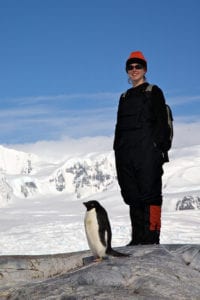
Lynch said the more she studies penguins, the more skeptical she is that they can “stand in” as ecosystem indicators. Their populations tend to be variable. While it would be simpler to count penguins as a way to measure ecosystem dynamics, researchers also need to track populations of other key species, such as whales, she suggested. Humpback whales are “in competition with penguins for prey resources,” Lynch said.
The penguin data is “one piece of information for one species,” but MPAs are concerned with the food web for the entire region, which also includes crabeater seals. For the penguin population study, Lynch recruited members of her lab to contribute to the process of counting the penguins manually. “I figured I should do my fair share,” she said, of work she describes as “painstaking.” Indeed, Lynch and her students counted over 280,000 penguins by hand. She and her team used the hand counting effort to confirm the numbers generated by the computer algorithm.
“The counting was done to make sure the computer was doing its job well,” she said. She also wanted to characterize the errors of this process as all census counts come with errors and suggested that the future of this type of work is with computer vision.
Lynch appreciated the work of numerous collaborators to count this super colony. Even before scientists trekked out to the field to count these black and white birds, she and Matthew Schwaller from NASA studied guano stains on the Danger Islands in 2015 using existing NASA images.

This penguin team included Tom Hart from Oxford University and Michael Polito from Louisiana State University, who have collaborated in the field for years, so it was “natural that we would work together to try and execute an expedition.” Stephanie Jenouvrier, a seabird ecologist at the Woods Hole Oceanographic Institute, has considerable expertise in the modeling side, especially with the climate; and Hanumant Singh, a professor of mechanical and industrial engineering at Northeastern University has experience using drones in remote areas, Lynch said.
The penguins on the Danger Islands react to the presence of humans in a similar way to the ones elsewhere throughout the Antarctic. The birds generally don’t like creatures that are taller than they are, in part because they fear skuas, which are larger predatory birds that work together to steal an egg off a nest. Counting the penguins requires the researchers to stand, but when the scientists sit on the ground, the penguins “will approach you. You have to make sure you’re short enough.”
Lynch would like to understand the dynamics of penguin nest choices that play out over generations. She’s hoping to use a snapshot of the layout of the nests to determine how a population is changing. Ideally, she’d like to “look at a penguin colony to see whether it’s healthy and declining.” She believes she is getting close.

